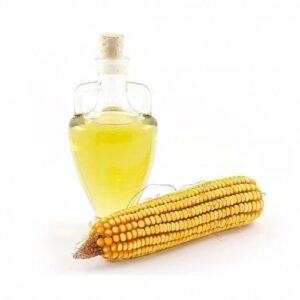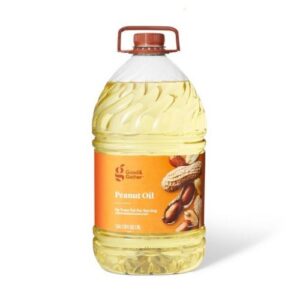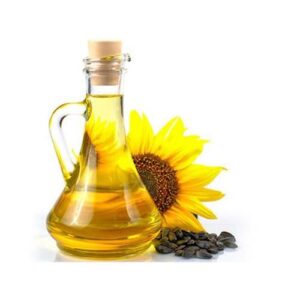General Description
Palm oil is extracted from the mesocarp of the fruit of an oil palm species called Elaeis guineensis. In Malaysia, the high yielding tenera, which is a cross between dura and pisifera species, is the most commonly cultivated palm tree. The Malaysian palm oil contributes to about 13% of total vegetable oil production in the world in 2011. Basically, there are two main products of the palm oil industry – palm oil and palm kernel oil. Out of these, many products could be derived. Crude palm oil is normally processed by a physical refining process in which the oil is turned into a golden yellow refined oil for further end use applications.
about_palm_photo1 about_palm_photo2
Properties of Palm Oil
Palm oil has a balanced fatty acid composition in which the level of saturated fatty acids is almost equal to that of the unsaturated fatty acids. Palmitic acid (44%-45%) and oleic acid (39%-40%) are the major component acids, with linoleic acid (10%-11%) and only a trace amount of linolenic acid. The low level of linoleic acid and virtual absence of linolenic acid make the oil relatively stable to oxidative deterioration. Several surveys conducted by MPOB have showed that the Malaysian palm oil has a narrow compositional range. The specifications for the palm oil are given in Malaysian Standard MS814:2007 (Table 2).
about_palm_table2
Palm oil is unique among vegetable oils because it has a significant amount of saturated acids (10%-15%) at the two-position of its triglycerides. The appreciable amounts of disaturated (POP and PPO) and monosaturated (POO, OPO and PLO) allow it to be easily separated into two products; palm olein and palm stearin. A wide range of fractions with different properties to suit requirements of the food industry is made available through dry fractionation.






Reviews
There are no reviews yet.